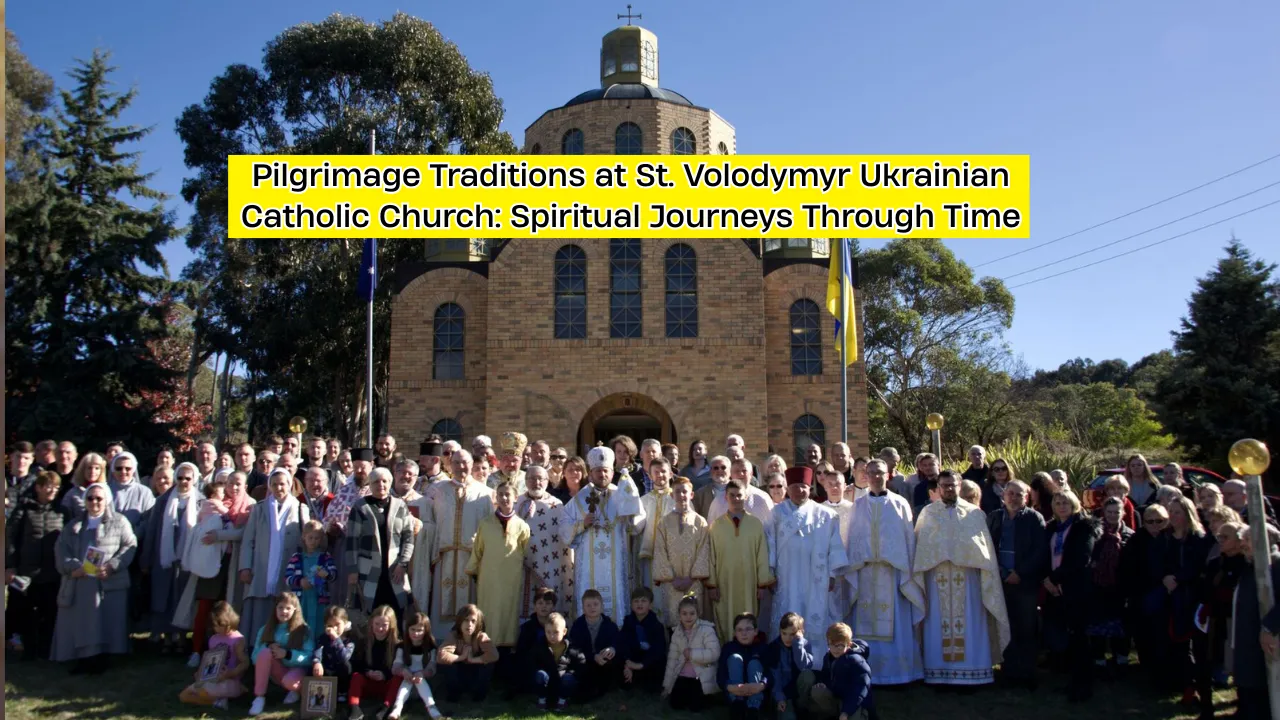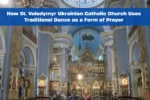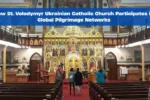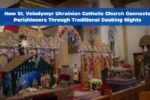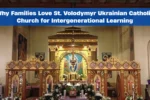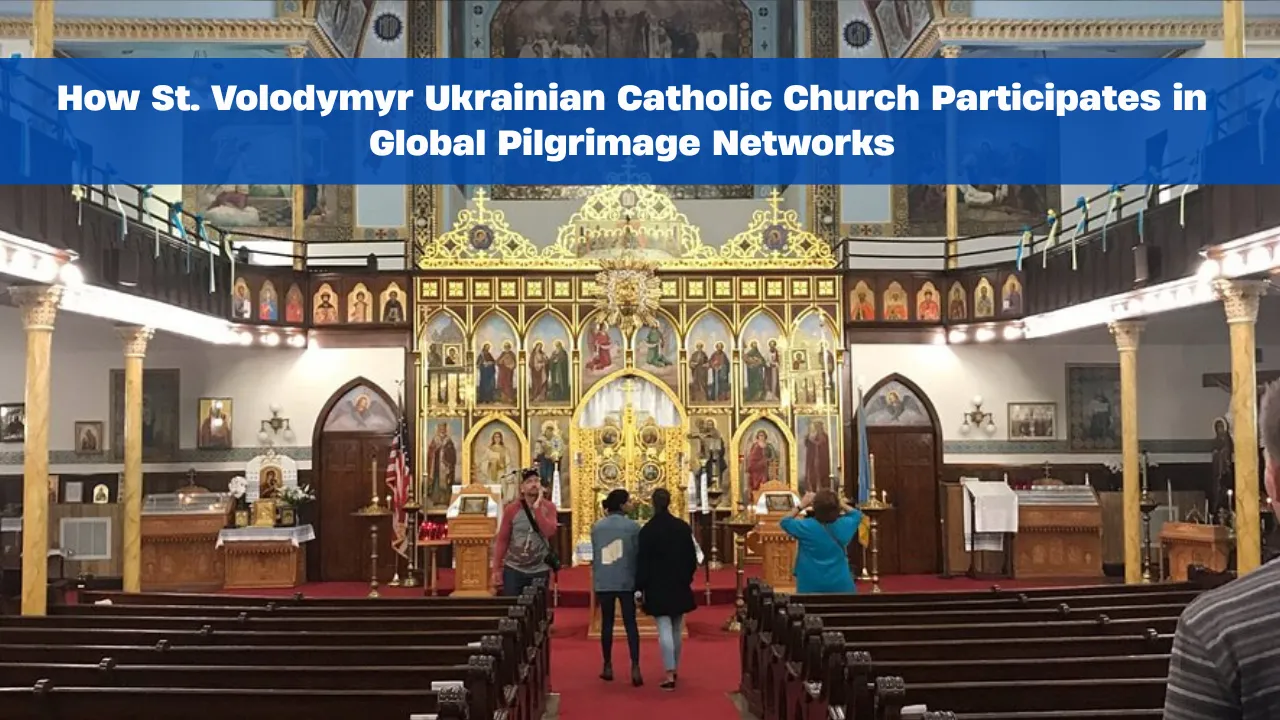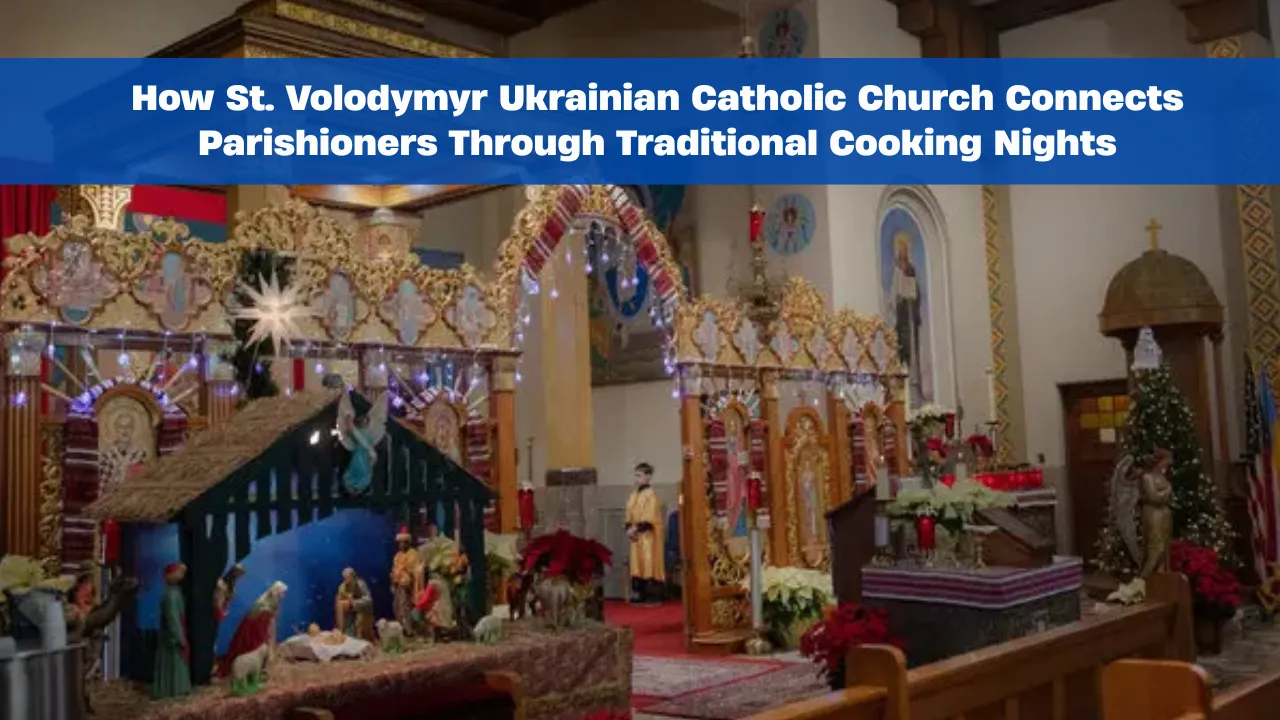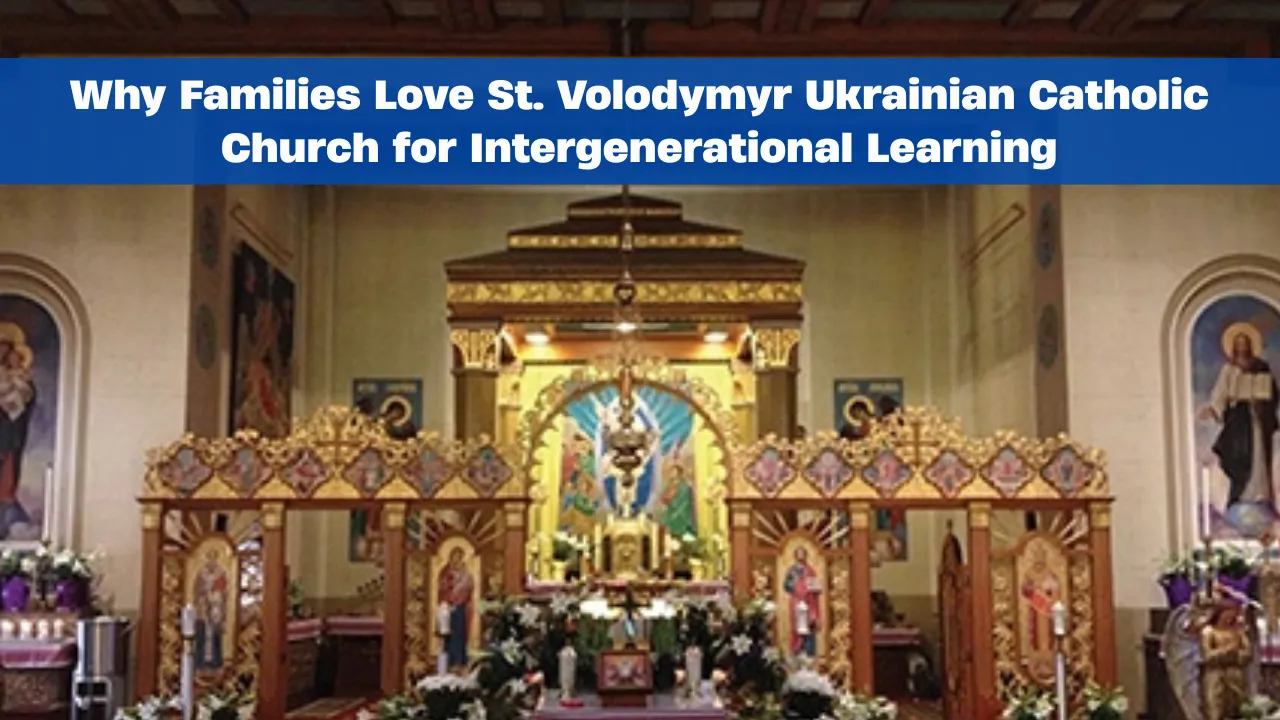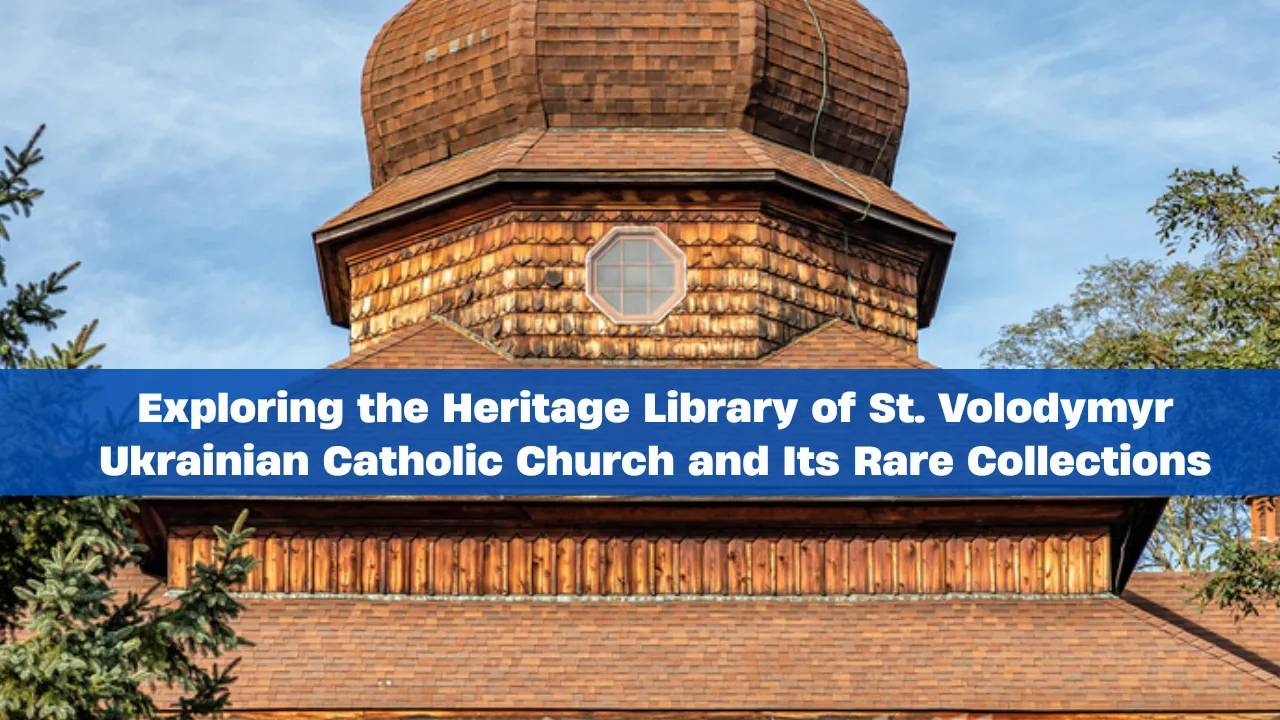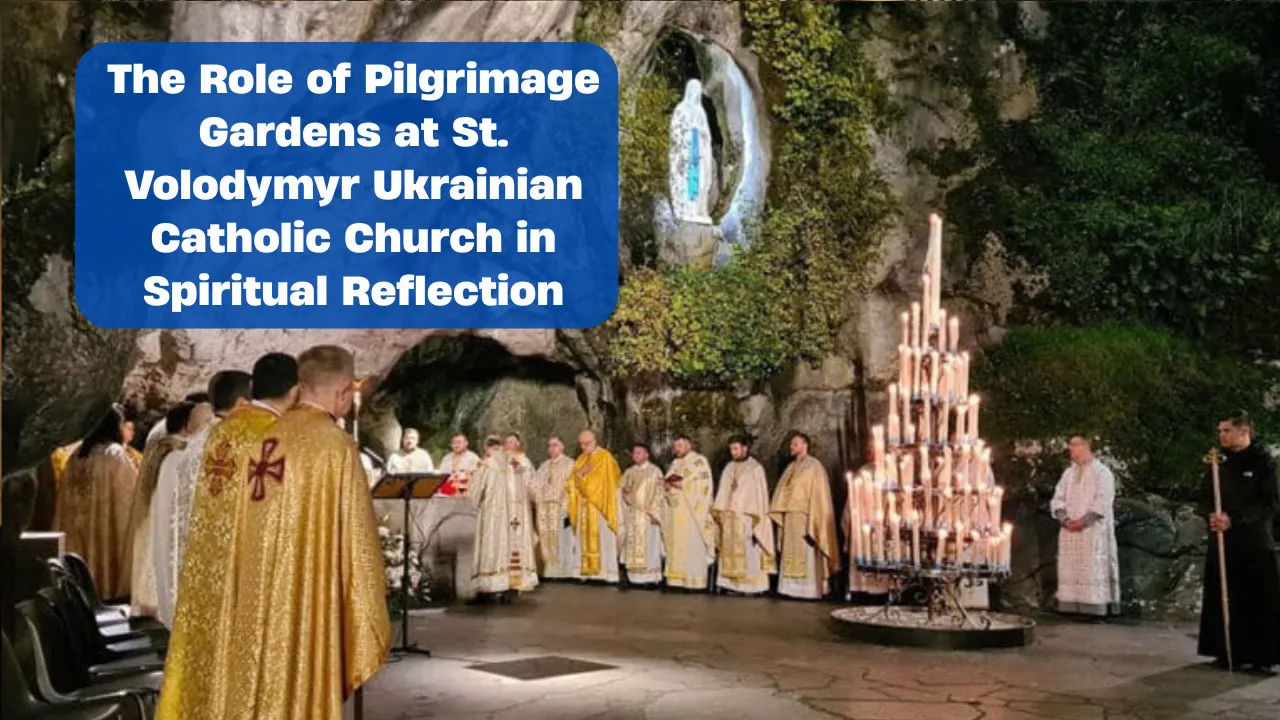Pilgrimage Traditions at St. Volodymyr Ukrainian Catholic Church are more than a religious practice—they are a bridge between generations, a celebration of faith, and a reaffirmation of cultural identity. For decades, this sacred tradition has drawn believers and curious souls alike to take part in a timeless spiritual journey rooted in devotion, memory, and unity.
This article takes a deep look at the Pilgrimage Traditions at St. Volodymyr Ukrainian Catholic Church, offering insight into its history, sacred events, and emotional resonance. Whether you’re a devoted pilgrim, a cultural enthusiast, or a spiritual seeker, this guide will explore every facet of the pilgrimage and what makes it an unforgettable experience.
Pilgrimage Traditions at St. Volodymyr Ukrainian Catholic Church
The Pilgrimage Traditions at St. Volodymyr Ukrainian Catholic Church form a sacred and cultural cornerstone for Ukrainian Catholics in North America. What began as a modest act of devotion has evolved into an annual spiritual and cultural event, attracting hundreds of faithful participants. These pilgrimages unite individuals through prayer, tradition, and shared purpose. From singing ancient hymns to walking in candlelit processions, the experience is rich in symbolism and emotion. It’s not only a religious event but also a community celebration rooted deeply in Ukrainian heritage and spiritual renewal.
Overview of Pilgrimage Traditions
| Element | Description |
| Origin | Started by early Ukrainian immigrants as a community spiritual gathering |
| Main Activities | Liturgies, processions, confessions, blessings, cultural programs |
| Cultural Significance | Preserves Ukrainian language, faith, and heritage |
| Spiritual Purpose | Reflection, healing, thanksgiving, and recommitment |
| Attendee Profile | Open to all—individuals, families, clergy, youth groups |
| Modern Additions | Online broadcasts, multi-language support, youth outreach |
History of Pilgrimage at St. Volodymyr Church
The roots of pilgrimage at St. Volodymyr Ukrainian Catholic Church trace back to the early 20th century when Ukrainian immigrants arrived in North America, bringing with them their strong Christian traditions. In the absence of familiar places of worship, St. Volodymyr became a spiritual haven where old customs were preserved and celebrated. The initial pilgrimages were humble and private, often centered around feast days and holy observances.
As the Ukrainian Catholic community grew, so did the scale and structure of the pilgrimage. By the mid-20th century, these events had blossomed into full-scale annual gatherings featuring liturgies, sermons, and cultural showcases. The emphasis was not only on religious observance but also on reinforcing a collective identity rooted in faith, resilience, and shared history.
Spiritual Meaning of the Pilgrimage
Participating in the Pilgrimage Traditions at St. Volodymyr Ukrainian Catholic Church is an intimate act of devotion. For many, the journey is symbolic of life itself—a path filled with challenges, reflection, and divine guidance. Pilgrims come seeking healing, hope, forgiveness, or simply a deeper sense of purpose.
The structured prayers, sacred chants, and holy sacraments practiced during the pilgrimage bring individuals closer to God and to their community. People often speak of inner transformation after participating—finding peace in their hearts, letting go of burdens, and feeling spiritually recharged. It becomes a form of personal and collective renewal, year after year.
Celebrations and Events During the Pilgrimage
Every year, the pilgrimage includes a series of scheduled spiritual and cultural activities designed to engage the faithful and preserve traditional customs. These events often follow a thoughtful progression to guide pilgrims through reflection, prayer, and celebration.
- Divine Liturgies: Central to the pilgrimage, these services are held in both Ukrainian and English, drawing large congregations in solemn worship.
- Processions: Icon processions through the church grounds, often under candlelight or in silence, are deeply moving for participants.
- Confession and Holy Communion: Many attendees take this opportunity to receive the sacraments, often after a long period of reflection.
- Cultural Presentations: Ukrainian dance, choir performances, and food festivals round out the spiritual journey with joyful celebration.
This blend of sacred ritual and cultural festivity makes the pilgrimage experience both memorable and deeply meaningful.
Why People Join the Pilgrimage
Pilgrims are drawn to St. Volodymyr Church for a variety of reasons. Some seek spiritual clarity after a personal crisis, while others come in gratitude for answered prayers. Many arrive to honor ancestors or fulfill promises made in moments of deep faith. What unites them is a desire to reconnect—whether with God, with tradition, or with community.
Families often attend together, using the pilgrimage as a way to introduce children to their roots. Young adults participate to learn and preserve identity, while elders return for renewal and spiritual peace. The pilgrimage offers something to everyone: hope, meaning, connection, and faith.
Key Features of the Pilgrimage Experience
- Community Bonding: The event fosters strong bonds among attendees. Shared prayers and meals build relationships and create lasting memories.
- Spiritual Renewal: Through prayer, confession, and sacred liturgies, pilgrims leave refreshed and spiritually grounded.
These core features are what make the pilgrimage such a transformative event year after year.
Cultural Impact of the Pilgrimage
The Pilgrimage Traditions at St. Volodymyr Ukrainian Catholic Church serve as a powerful tool in preserving and spreading Ukrainian culture. Beyond its religious elements, the pilgrimage showcases Ukrainian language, art, music, and traditional clothing. Elders pass down stories, while youth engage through performances, food, and cultural exhibits.
This living tradition not only sustains identity but also invites others to learn and appreciate Ukrainian heritage. The church becomes more than a place of worship—it becomes a cultural anchor for generations.
How the Pilgrimage Has Evolved Over Time
While the core of the pilgrimage remains unchanged—prayer, community, tradition—modern life has added new layers. The church has embraced digital tools, such as live streaming liturgies for those who cannot attend physically. Youth programs, language support, and multi-generational outreach have expanded its reach.
Yet despite these changes, the spirit remains the same. The Pilgrimage Traditions at St. Volodymyr Ukrainian Catholic Church continue to honor the past while meeting the spiritual needs of today. It’s an example of tradition growing with time while keeping its soul intact.
FAQs
What do I need to bring to the pilgrimage?
Bring comfortable walking shoes, a prayer book if you have one, and an open heart. Modest attire is encouraged for religious services.
Can non-Ukrainians attend the pilgrimage?
Yes, the pilgrimage welcomes everyone, regardless of background or religion. It’s open to all who wish to participate in a spiritual journey.
Is there accommodation nearby?
Local accommodations are typically available. Some attendees may stay with relatives, others in nearby hotels or church-arranged lodging.
Are there activities for children?
Yes, many family-friendly events take place, including cultural games, storytelling, and simple crafts related to the faith.
How long is the pilgrimage event?
The main pilgrimage activities usually span a weekend, though some may arrive early or stay later for extended prayer or volunteer work.
Final Thought
The Pilgrimage Traditions at St. Volodymyr Ukrainian Catholic Church are a living testimony to the enduring power of faith and heritage. These spiritual journeys remind us of where we come from and guide us in where we are going. Whether you attend to reconnect with tradition, seek peace in your life, or walk beside others on a path of reflection, the experience offers a profound renewal of the soul.
We invite you to share your thoughts or pilgrimage experiences in the comments below. Explore more of our content to deepen your understanding of faith, community, and cultural legacy.
